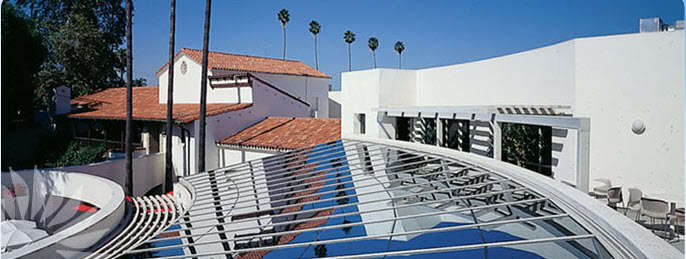Skylight - Bring natural light and ventilation into your living and working spaces
Skylights are usually covered with translucent or transparent material to allow light to pass through, while also protecting from extreme weather conditions. A Skylight is a great way to allow more light into your home through a flat or sloped window built into the roof structure for daylighting.
Skylights are considered a luxury by many homeowners, the window equivalent of a hot tub or heated tile. But skylights are not necessarily difficult or expensive to install—or at least, not as difficult as many homeowners expect. I believe that skylights are far more than just a “luxury”; skylights are a necessity for almost every home. In many ways, I find it peculiar that more home builders do not install skylights as standard operating procedure. Because of this, homeowners are forced to retro-fit skylights into their home. So, let’s take a look at some skylight basics, and perhaps you’ll see why skylights should be more than just an afterthought.
skylights
Skylights are installed in the roof. While it might be possible to install a skylight elsewhere (a wall?), this would be a non-conventional installation and not true to the purpose of a skylight. All skylights are roof skylights. A skylight is a glazed “window” that fits on your roof. It can be either flat or domed, fixed or vented.Some vented skylights operated by an electric motor, while others open and close manually.
Skylights: 4 Basic Types:
Fixed Skylights - Glass is fixed in place, does not open or close.
Manual Venting Skylights - Glass rises and lowers by crank or by pushing upward.
Electric Venting Skylights - Glass raisesrises and lowers by means ofby electric motor.
Tube Skylights - Flexible tube runs between ceiling and roof, eliminating need to build a tunnel.
Fixed Skylight-
A fixed skylight borrows window terminology again. “Fixed,” in window parlance, means that it cannot be opened. Never, ever. Think of your typical office building window, and that is a fixed window.A fixed skylight is theoretically considered leak-proof. Because it is sealed in the factory, a fixed skylight should not leak. Most leaks, then, would occur due to improper fixed skylight installation.
Vented Skylight-
A vented skylight is openable. While it may seem like vented skylights are better than a fixed skylights.A vented skylight provides opportunities for leakage, though it should be noted that window manufacturers in recent years have been producing virtually leak-proof vented skylights.Vented skylights can accidentally be left open, allowing rain to enter the house. However, automatically closing vented skylights are available which close at the first drop of rain. Vented skylights allow excess moisture in kitchens and bathrooms to escape—a good thing. Also,you can vent out heat build-up.
Skylights on north-facing roofs provide cool illumination, while east-facing roofs provide maximum light and heat in the morning. West-facing skylights provide afternoon sunlight and heat. South-facing skylights provide more passive solar heat than any other location.
Using the latest glass technology, glass skylights have higher thermal qualities: cooler in summer and warmer in winter. Dependent upon the types of glass installed, heat and UV ingress can be reduced by up to 78% (double glazed with tinted insulation) during summer and retention of warmth in winter by up to 69%.
Just like every other thing, you may accessorize the vent skylights too. There are shades, screens and many other window treatments available for the skylights. Thus, you may customize even the roof skylight to create a dream house you had always imagined.

